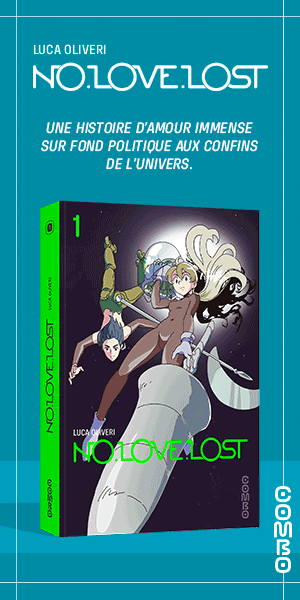Hardy's Wessex. The landscapes that inspired a writer
Extraits
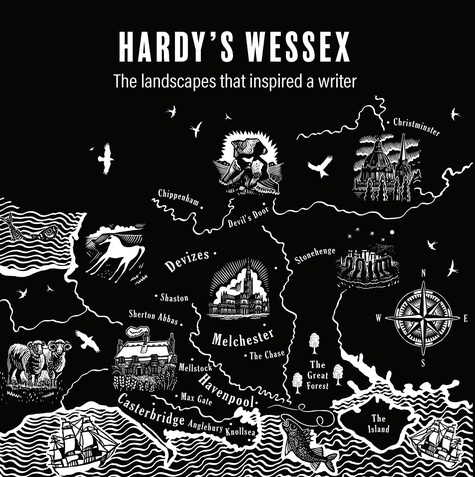
Monographies
Hardy's Wessex. The landscapes that inspired a writer
06/2022

Poésie
Footsteps
04/2022

Non classé
Oaths, Vows and Promises in the first Part of the French Prose Lancelot Romance
02/1993
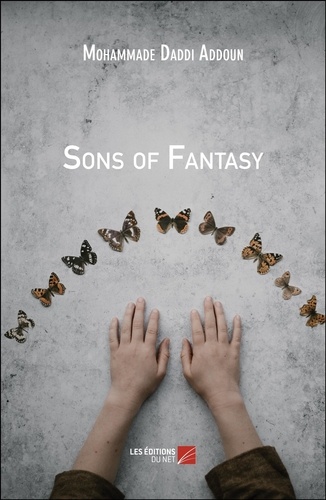
Littérature française
Sons of Fantasy
08/2018
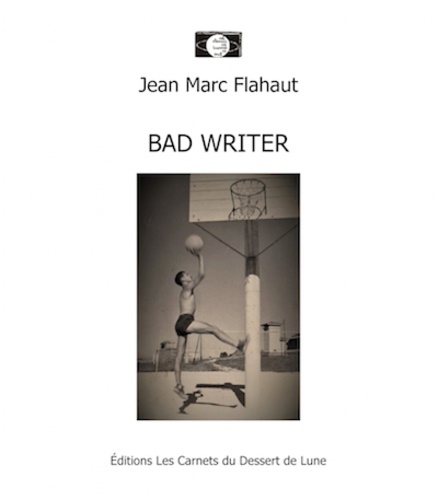
Littérature française
Bad Writer
05/2017
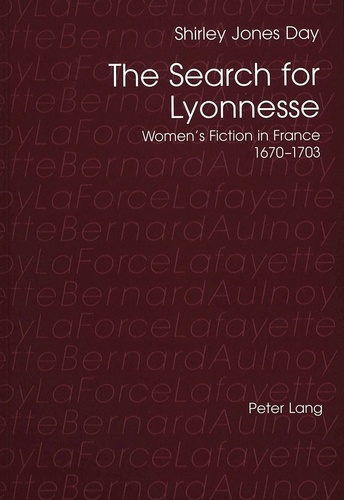
Non classé
The Search for Lyonnesse
07/1999
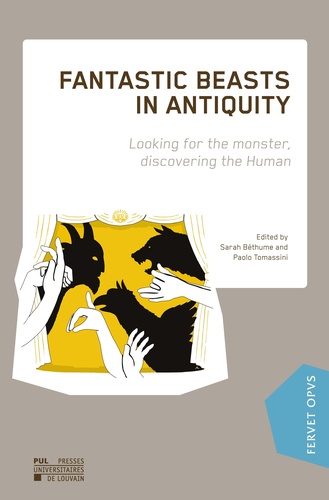
Archéologie
Fantastic Beasts in Antiquity. Looking for the monster, discovering the Human, Textes en français et anglais
02/2021
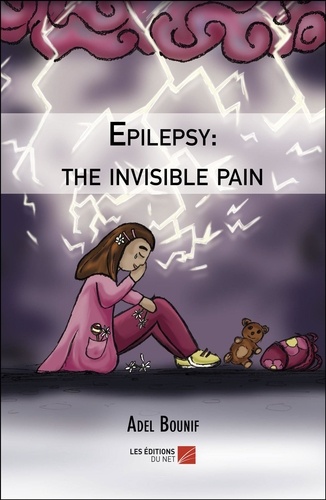
Poésie
Epilepsy: the invisible pain
01/2019
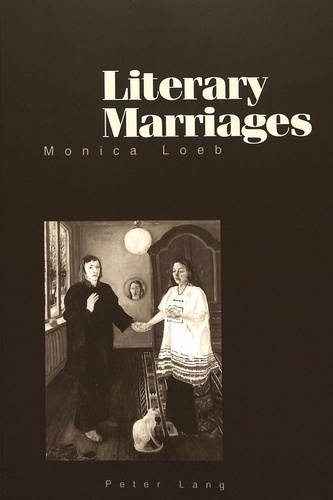
Non classé
Literary Marriages
12/2001
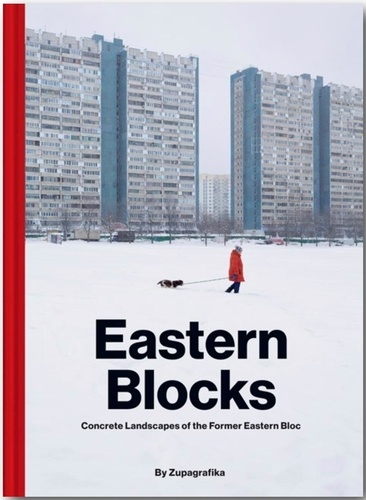
Beaux arts
Eastern blocks. Concrete Landscapes of the Former Eastern Bloc
04/2019

Histoire et Philosophiesophie
Thinking about Physics
01/2000
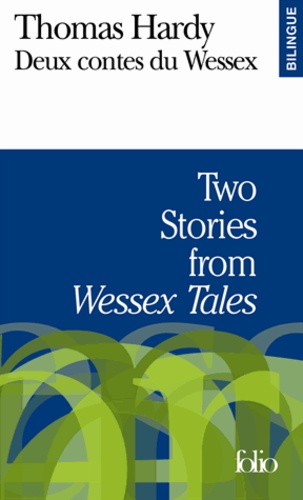
Anglais apprentissage
Two Stories from Wessex Tales : Deux contes du Wessex
05/2004
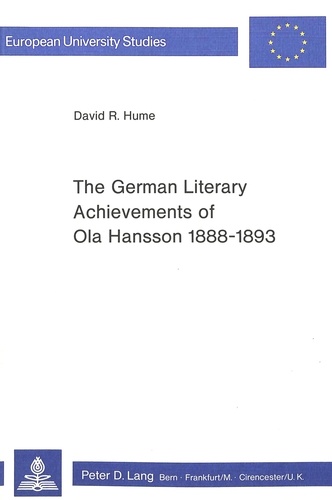
Non classé
The German Literary Achievements of Ola Hansson 1888-1893
12/1979
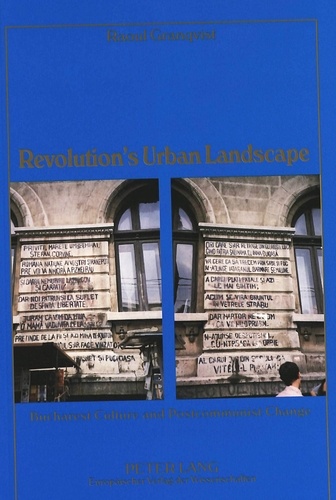
Non classé
Revolution's Urban Landscape
11/1999
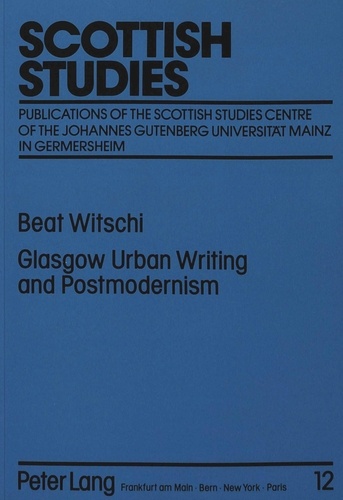
Religion
Glasgow Urban Writing and Postmodernism
04/1991

Philosophie
Reading Life / Writing Fiction
01/1994
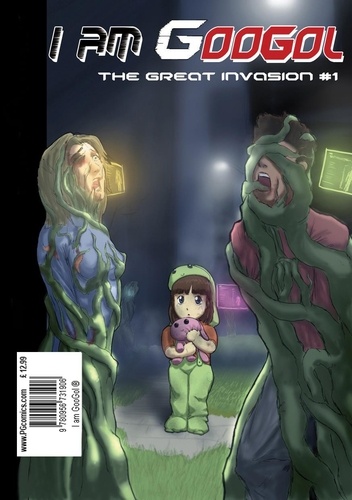
BD tout public
I am GooGol - The Great Invasion
12/2010

Histoire internationale
Charge of the Bull
06/2012
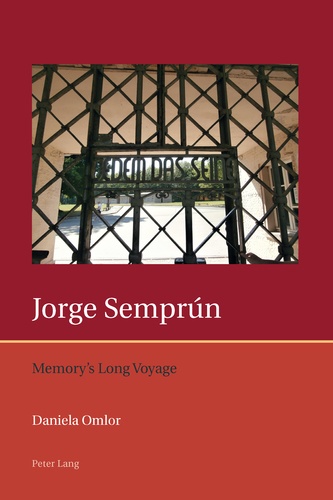
Non classé
Jorge Semprún
04/2014
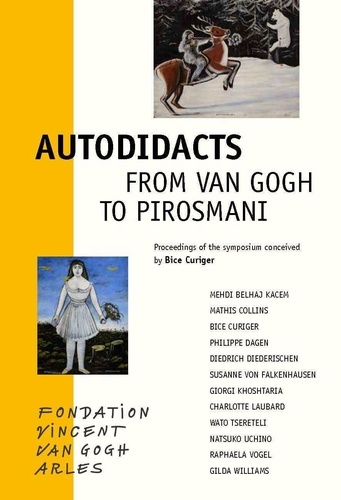
Beaux arts
Autodidacts. From Van Gogh to Pirosmani, 1e édition
01/2021

Art contemporain
Hassan Khan. Catalogue de l'exposition, Edition bilingue français-anglais
03/2022
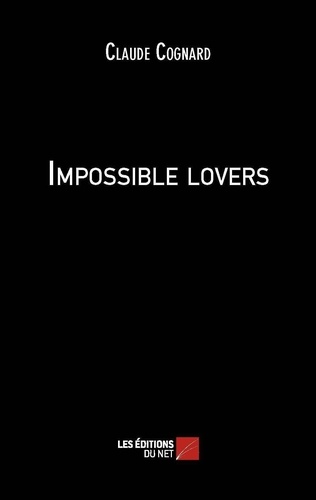
Théâtre
Impossible lovers
02/2013
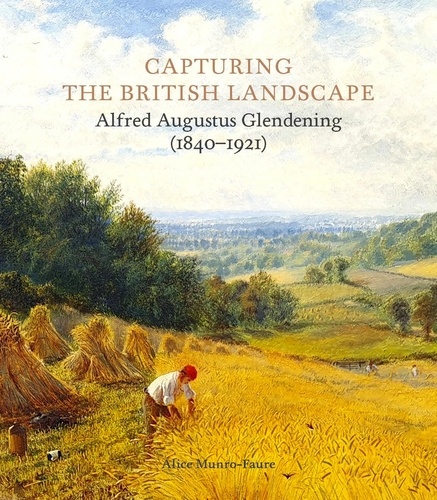
Beaux arts
Capturing the British Landscape. Alfred Augustus Glendening (1840–1921)
10/2022

Histoire de l'art
Paris Moderne, 1914-1945. Art - Design - Architecture - Photography - Literature - Cinema - Fashion
09/2023
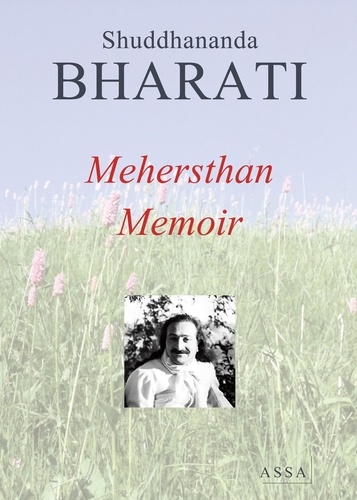
Littérature française
Mehersthan Memoir (Meher Baba)
07/2017

Livres 0-3 ans
We are shapes
04/2022

Beaux arts
California concrete: a landscape of skateparks
09/2019

Biographies
Le landscape français
02/2023
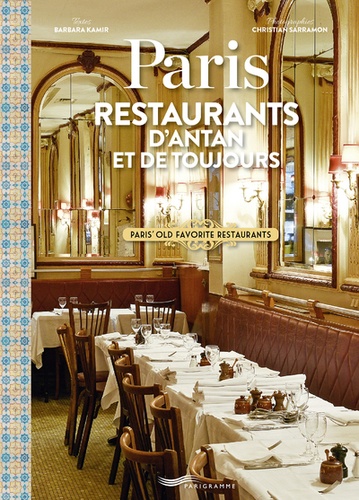
Guides gastronomiques
Paris. Restaurants d'antan et de toujours, Edition bilingue français-anglais
05/2023
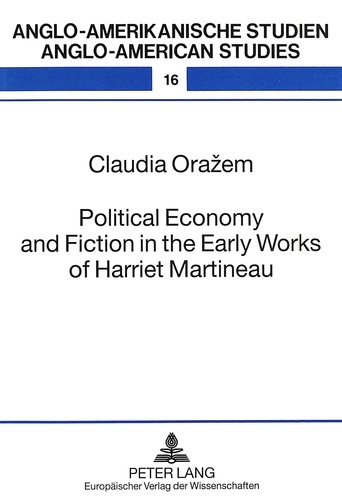
Non classé
Political Economy and Fiction in the Early Works of Harriet Martineau
11/1999

